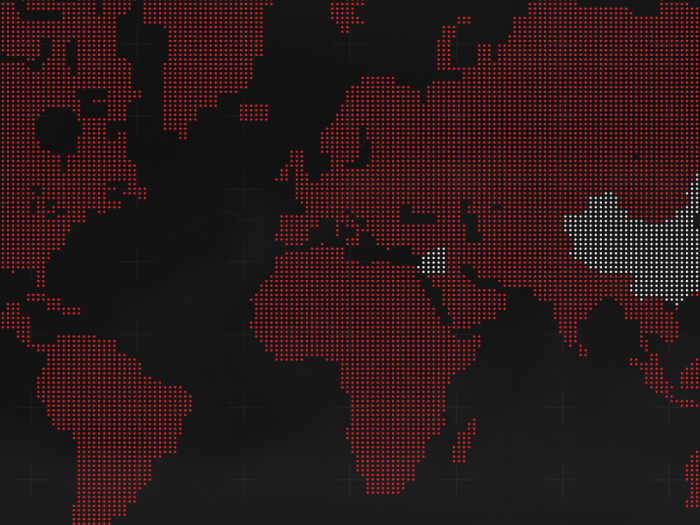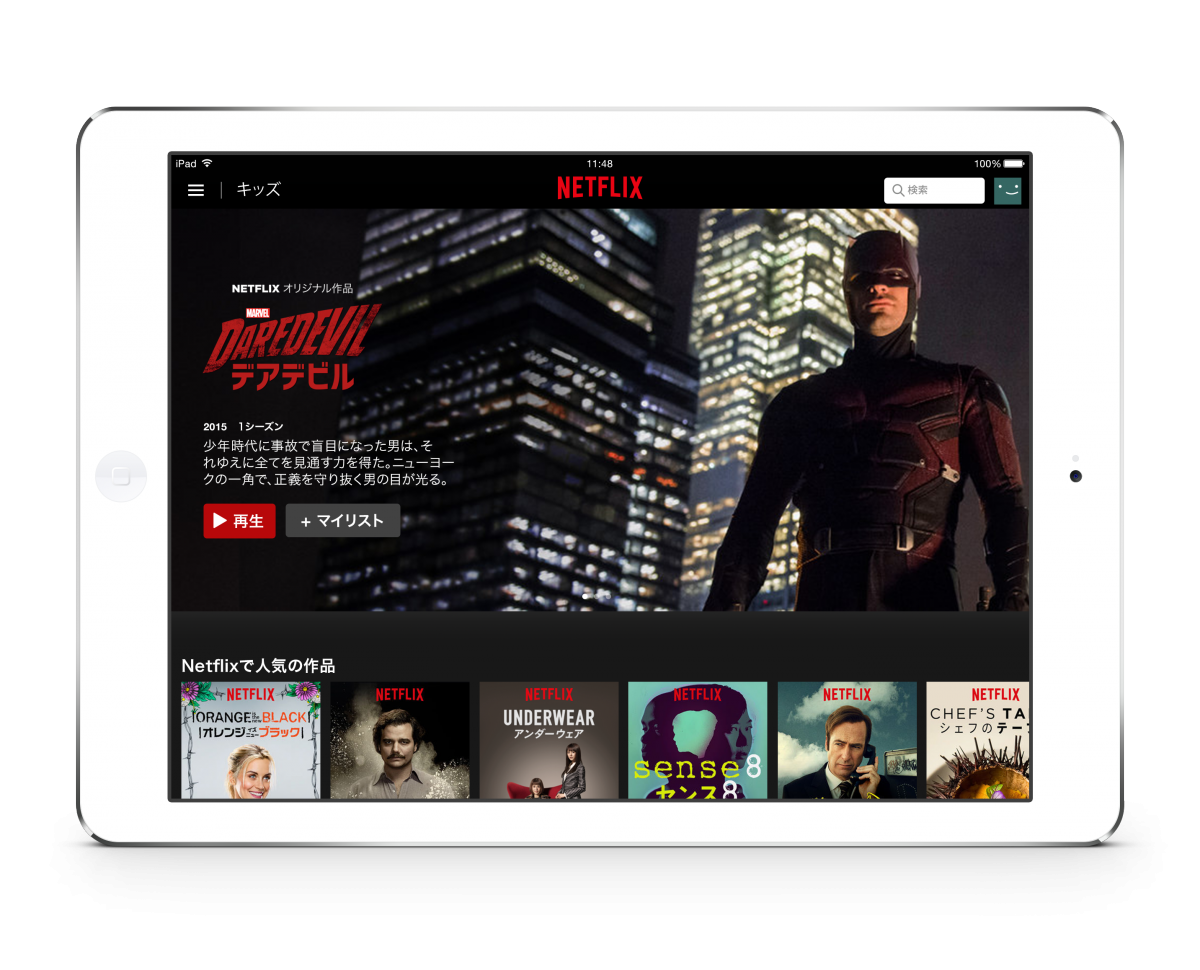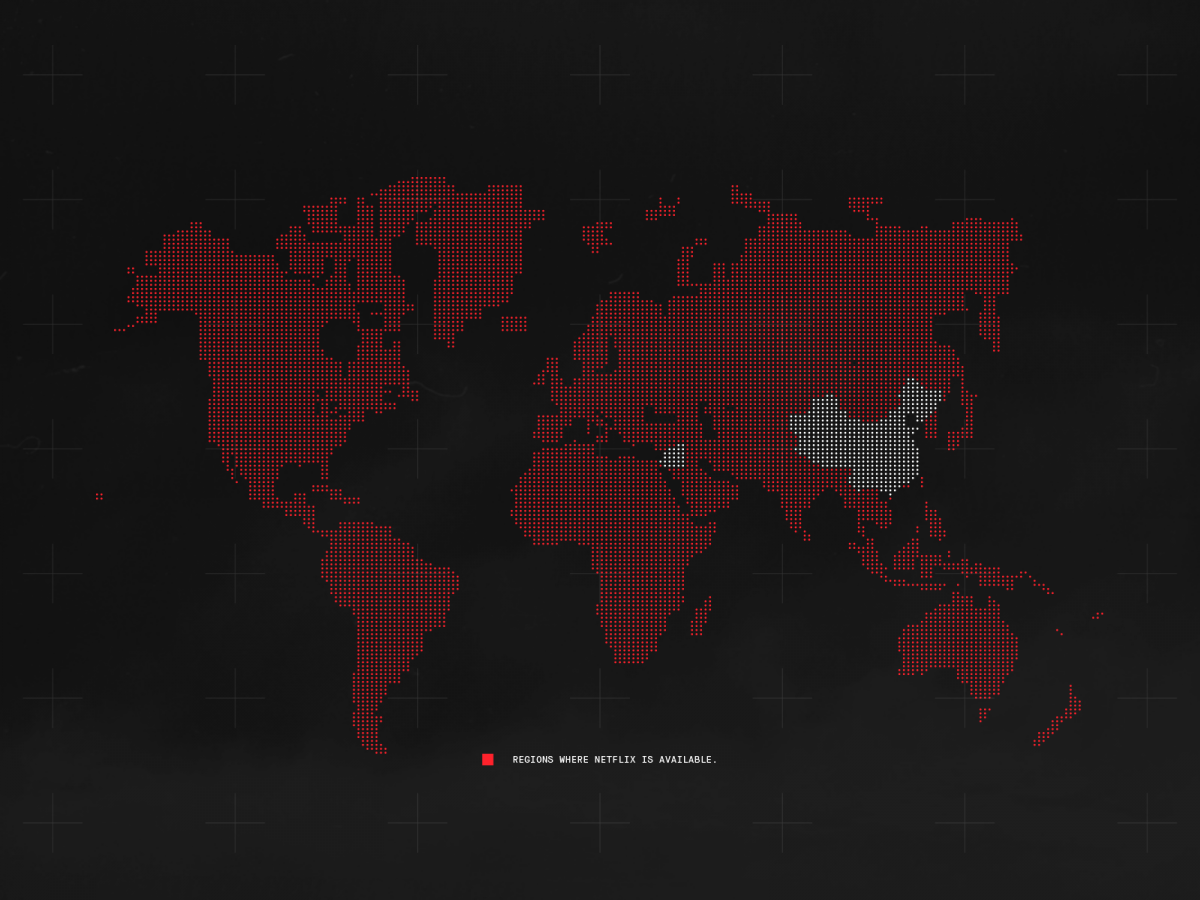Future State

Pause and consider that ‘future’ is a Latin word. Let’s call it, conservatively, 2500 years old.
Three millennia is a long time to have considered a concept, and we’re probably no closer to being able to predict the future than we were back then. But solving for the future is now big business, a discipline throughout the private sector, banking, education, government, space transport, and everything in between.
Ahead of 2016’s Future State discussions with the likes of Google, Facebook, Uber, Atlassian, ACE Hotels, Commune Design, Teague and more, we speak to three of these panellists about how exactly you tackle designing the future.
Heard of Heard Island? You can get Netflix there. Burkina Faso too, and Chad, and Kyrgyzstan. #NetflixEverywhere, in fact, and as social media has dutifully recorded it. The streaming behemoth’s global rollout in early January has been well commentated on for its scale alone: 130 countries, incomprehensible bandwidth, licensing deals to make your head spin.
They’re big numbers, sure. But all that kinda pales when you consider the human element. To pipe a catalogue into a new territory isn’t just a matter of setting up a local CDN and hitting translate. People in Seoul don’t search the same way the folks in Bissau do. Yep, they have different languages and alphabets, but consider the other cultural nuances: they don’t have the same tablets, or phones, or internet access; taxonomies and user journeys are unique; the economy is different, the social mores count. When you’re presented with the challenge “we need to be accessible to 130 different cultures and languages”, where do you begin?

Dantley Davis is Design Director at Netflix: “[Our] main considerations for the global launch from a UX perspective was that we were adapting the user interface to the norms of a given culture.” That might seem an obvious place to start, but things that seem like minor changes have profound design impact.
“Details like reading orientation (right to left vs left to right), how a title might truncate in different languages, and how the title logo and associate image are rendered, [all of it] was carefully considered for each of the supported languages.”
Dantley Davis - Netflix Director of Design
There’s no shortcut to understanding how best to create for a new culture and language. It’s feet-on-the-ground work, first up. “Our design team spends a great deal of time traveling around the world and interacting with customers from different cultures… The team had years of first hand experience in different markets. We applied that experience plus new research for our global launch.”
Davis’ design team follows a process of hypothesis, prototype and evidence. “Our strategy is to test new approaches with improving the user experience in new countries after we launch. We’re a very data driven company and that’s equally true for the design team.” By starting with a targeted audience in a territory, the design team can collect feedback signals from current and potential customers to iteratively improve the UX experience.
“I’m really proud that we’ve been able to adapt the user interface, image assets, and all the metadata to support a global catalogue across multiple languages. We didn’t simply just change the text.” Entering an era of global platforms, that last bit could well become the mantra: you don’t just change the text.
